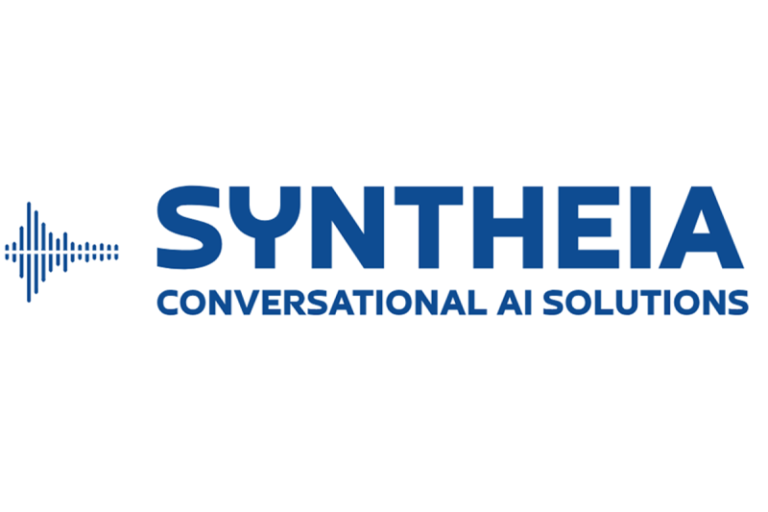China denounced the United States for approving an $11.1 billion weapons package for Taiwan, warning that the deal risks turning the island into a ‘powder keg’ and driving the region toward ‘military confrontation and war.’
The unprecedented sale includes 82 HIMARS launchers paired with 420 ATACMS long-range missiles, a combination that would give Taiwan new deep-strike capability across the Taiwan Strait, along with 60 self-propelled howitzers, advanced UAV systems, military software packages and anti-armor weapons.
Beijing accused Taiwan’s leadership of ‘seeking independence through force’ and claimed Washington is using the island to ‘contain China,’ rhetoric that signals heightened tensions even as the U.S. frames the package as essential to bolstering Taiwan’s self-defense.
‘The ‘Taiwan independence’ forces on the island seek independence through force and resist reunification through force, squandering the hard-earned money of the people to purchase weapons at the cost of turning Taiwan into a powder keg,’ Foreign Ministry spokesperson Guo Jiakun said.
‘This cannot save the doomed fate of ‘Taiwan independence’ but will only accelerate the push of the Taiwan Strait toward a dangerous situation of military confrontation and war. The U.S. support for ‘Taiwan Independence’ through arms will only end up backfiring. Using Taiwan to contain China will not succeed.’
U.S. officials have not yet detailed delivery timelines, but the sale reflects Washington’s push to accelerate Taiwan’s defenses amid growing concern over China’s military pressure campaign. The HIMARS and ATACMS combination is expected to draw particular attention from Beijing because it would allow Taiwan to target PLA staging areas, ships and infrastructure from mobile launchers, a capability China has repeatedly warned against.
In its notification to Congress, the State Department said the proposed sales would advance ‘U.S. national, economic, and security interests by supporting the recipient’s continuing efforts to modernize its armed forces and to maintain a credible defensive capability.’
The department added that the weapons would ‘help improve the security of the recipient and assist in maintaining political stability, military balance and economic progress in the region.’
Under longstanding U.S. policy, Washington provides Taiwan with arms it deems necessary for the island’s self-defense while maintaining a ‘One China’ policy and not supporting a declaration of formal independence. China argues that any enhancement of Taiwan’s defenses encourages separatism, while U.S. officials say the purpose of such sales is to preserve stability and deter conflict.
The package now enters a 30-day congressional review period, during which lawmakers could file a resolution attempting to block it, a step Congress has never taken for an arms sale to Taiwan. Once the review period ends, contracting and production begin, a process that typically stretches over several years and contributes to a backlog that once reached $20 billion in undelivered U.S. weapons Taiwan has already purchased.
China has a track record of responding to major Taiwan arms sales with military demonstrations, including large-scale PLA drills, increased air and naval activity near the island and sanctions on U.S. defense firms. Analysts say Beijing’s sharp rhetoric suggests additional military signaling is likely, though China did not immediately announce specific countermeasures.
The latest sale marks a significant boost to Taiwan’s conventional firepower. In recent months, Beijing has stepped up pressure across the strait with near-daily PLA air and naval patrols, record incursions around the island and high-profile exercises meant to signal its ability to encircle Taiwan.
Taiwan’s Foreign Minister Lin Chia-lung thanked the U.S. Wednesday for its ‘long-term support for regional security and Taiwan’s self-defense capabilities,’ which he said are key to deterring a conflict in the Taiwan Strait.















